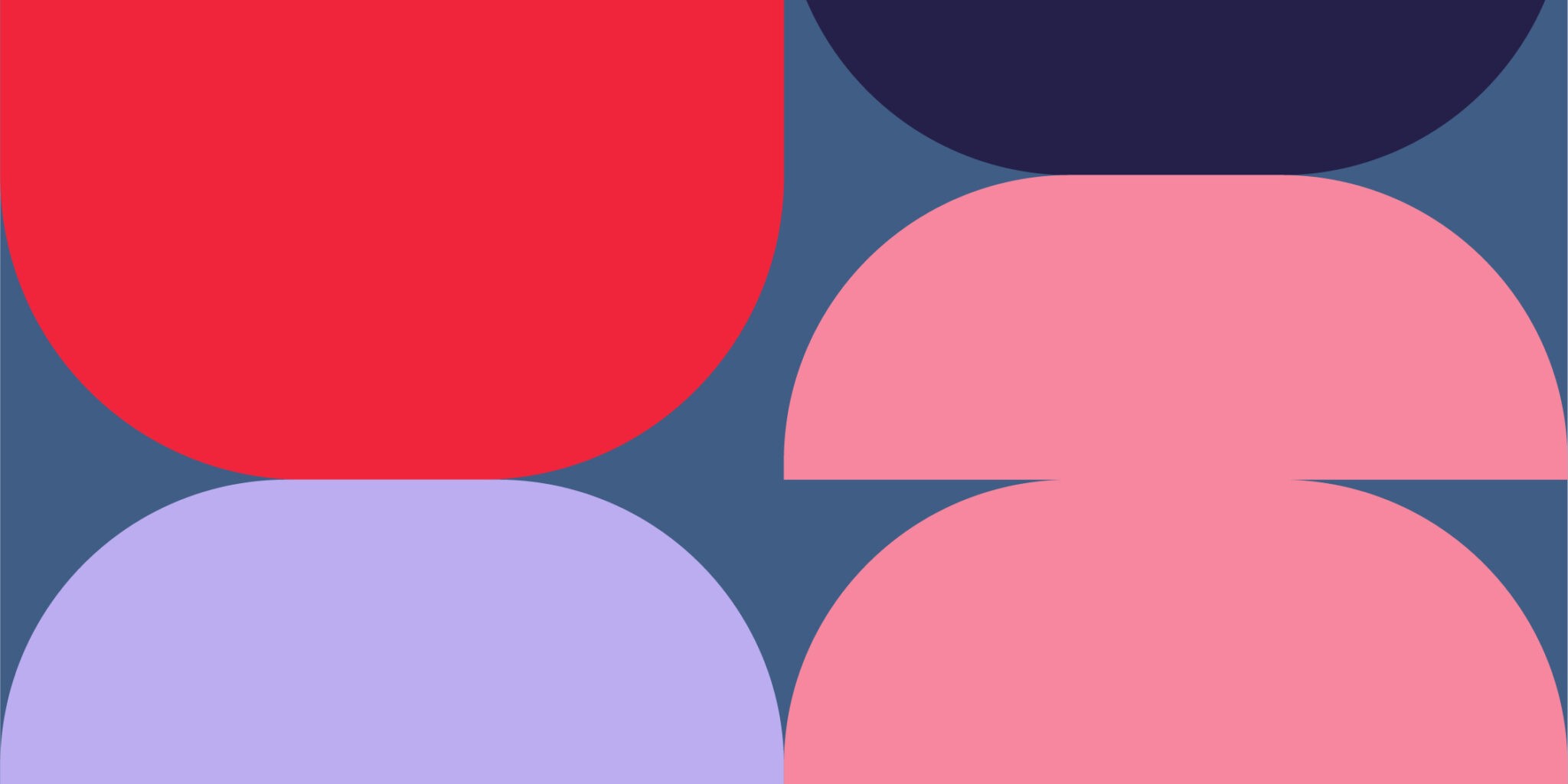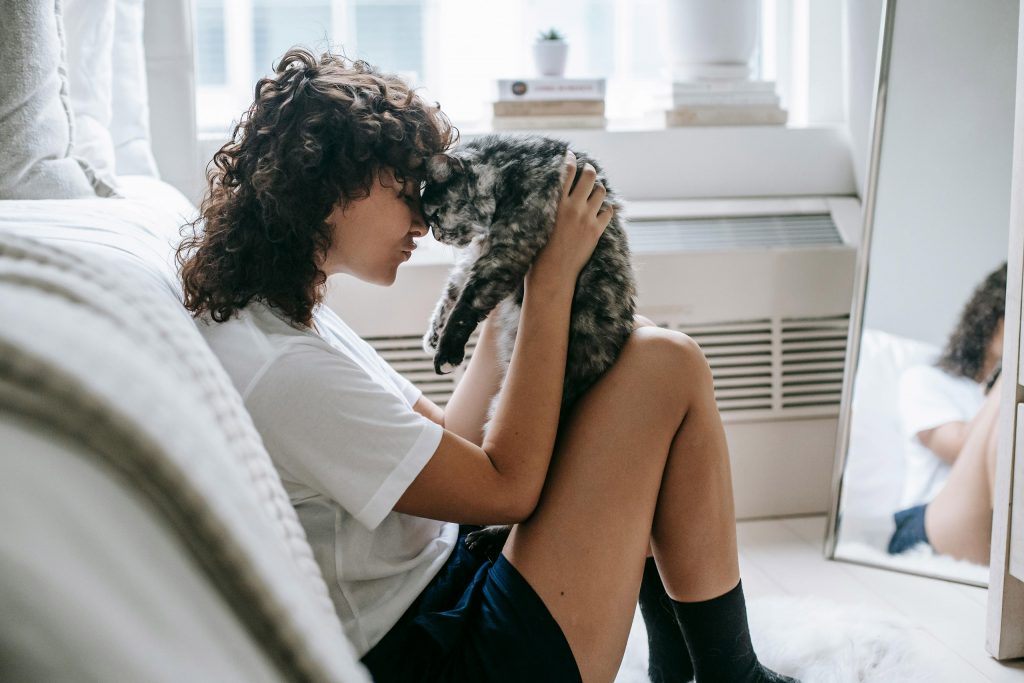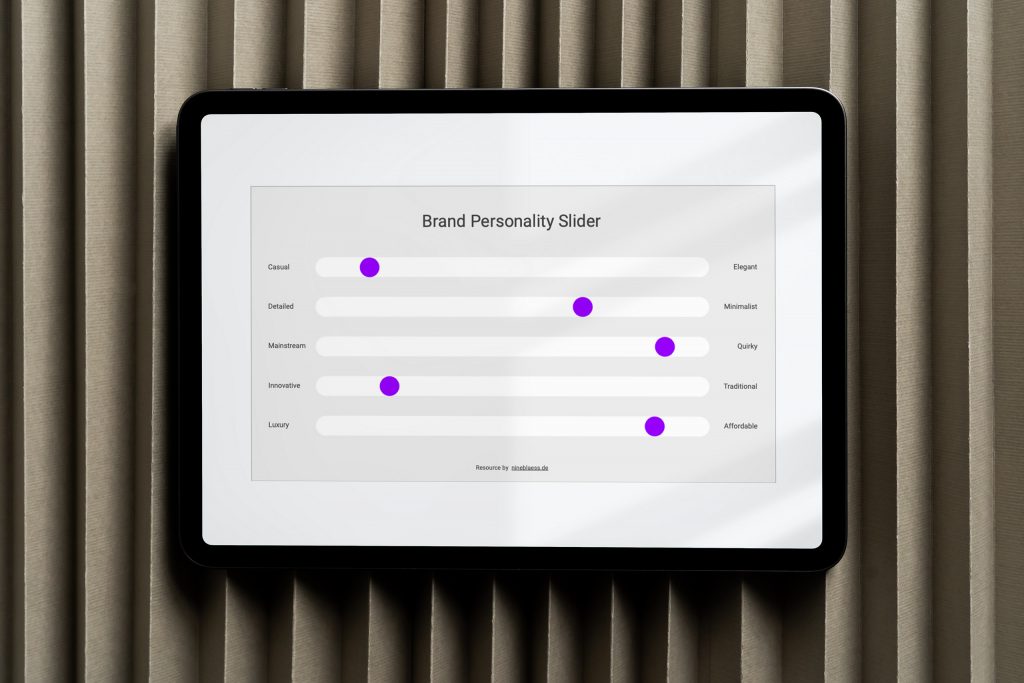Choosing the ideal brand colour palette plays a crucial role in creating a strong brand identity and appealing to your audience. Here are 10 steps to help you curate your brand colours.
- Define your brand: First, create a solid foundation by defining your brand’s values, uniqueness and vision.
- Strike a balance between differentiation and representation of your industry: Choose a middle ground that allows you to stand out while fitting into your industry.
- Consider colour psychology: Don’t forget, colours can influence our emotions and evoke certain associations.
- Consider the cultural context: There are cultural differences in how colours are perceived. Keep that in mind to avoid misleading associations.
- Choose your primary brand colour(s): Take into account all the above points when making your selection. Coolors is a great tool to simplify your colour selection.
- Determine your secondary brand colours: Choose colours that complement your primary colour(s) and add depth to your visual identity.
- Test your colour palette: make sure your colours work in different applications, have enough contrast, and are accessible to all users.
- Plan for future growth: Is your brand colour palette scalable as your company expands into new markets or offers new products or services?
- Keep brand colours consistent: Ensure colours are used consistently across all brand touchpoints to build brand recognition and trust.
- Review and refine your brand colours: adjust your colour palette sensibly as your business evolves. But keep in mind consistency is the key to a strong brand.
By following these steps, you can create a visually and emotionally appealing brand that stands out in its market.
For in-depth tips and practical tools for choosing your colour palette, check out my comprehensive blog post on brand colours.
If you need help creating an appealing colour palette for your brand, don’t hesitate to reach out.
Disclosure: This article contains an affiliate link.






